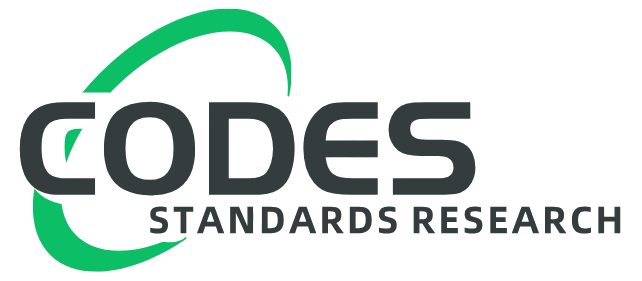Description
A series of bench-scale tests have been performed to evaluate the pulsed-ultraviolet (PUV) and PUV/hydrogen peroxide (H2O2) processes for removing methyl tert-butyl ether (MTBE) from groundwater. The UV technology has already been proven as an alternative for disinfection, and the possibility of MTBE treatment by UV may provide an added benefit for the UV technology. UV light, with H2O2, can generate hydroxyl radicals, which can break down MTBE in water. Medium-pressure UV has been used to treat MTBE in contaminated water. Conventional, monochromatic, low-pressure mercury lamps, on the other hand, have not been shown to be cost-effective in removing MTBE from water. In this study, PUV was evaluated as a more effective UV technology for reducing MTBE than the conventionally used, medium-pressure UV. PUV has a higher energy output than the medium-pressure UV, so it may be possible to treat MTBE-contaminated water more effectively with less irradiation time in comparison to the continuous-wavelength UVs. For most cases, the system tested showed excellent removal of MTBE from groundwater with the applied UV dose of approximately 150 kWh/1,000 gal when H2O2 was added. The high-intensity energy provided by the PUV process may also benefit in further oxidizing the MTBE degradation byproducts. Because some of these byproducts may also pose health concerns, the optimum system design should provide effective removal of MTBE as well as removal of the degradation byproducts formed during the UV treatment. Includes 9 references, table, figures.
Product Details
- Edition:
- Vol. – No.
- Published:
- 06/01/2001
- Number of Pages:
- 17
- File Size:
- 1 file , 460 KB
- Note:
- This product is unavailable in Ukraine, Russia, Belarus





